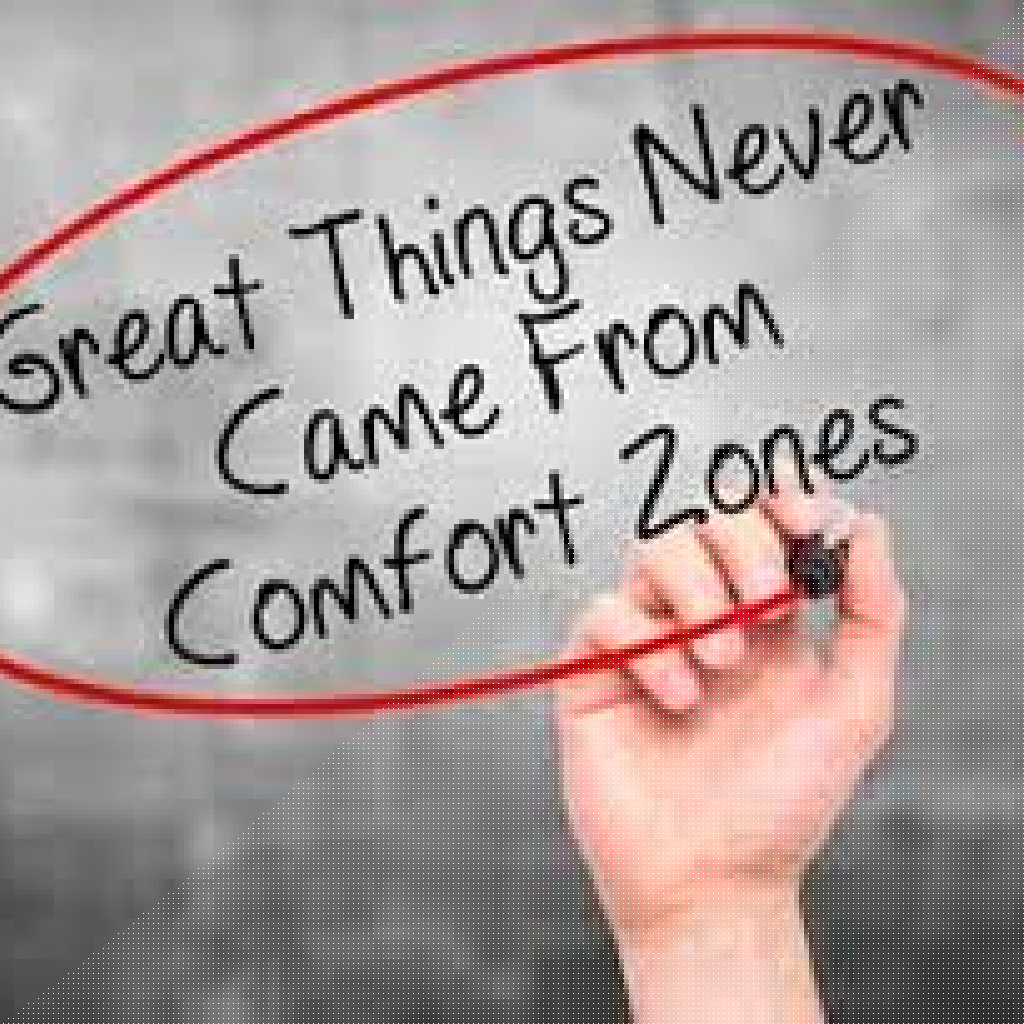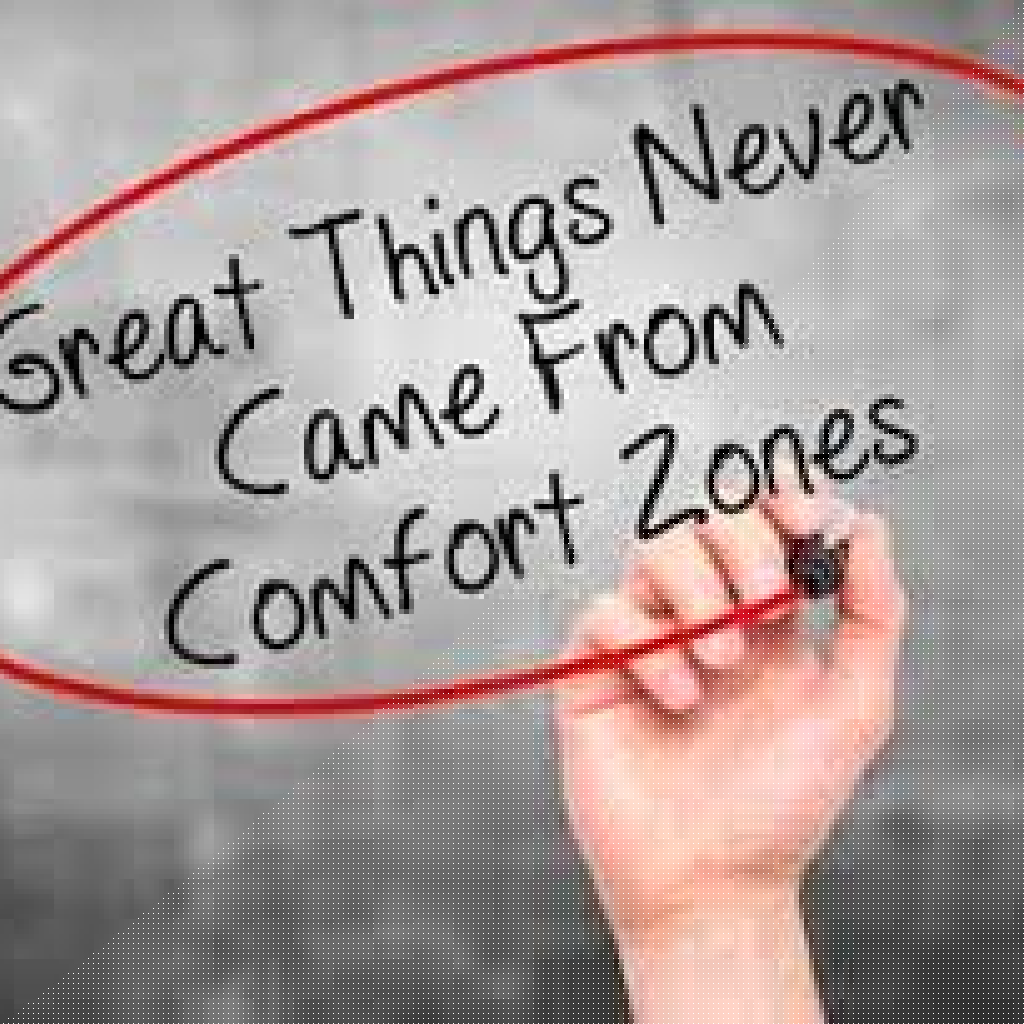Key Takeaways:
- Effective management significantly boosts employee performance and workplace harmony.
- Open communication and relationship building are crucial for thriving teams.
In today’s fast-paced business environment, effective management plays a critical role in boosting employee performance and ultimately achieving organizational goals. Managers are expected to be versatile and adaptable, responding to various challenges that their teams face. In this article, we will explore management strategies tailored to enhance employee engagement, improve communication, and foster a collaborative workplace.
Understanding Management Styles
Management styles significantly influence how teams operate and perform. Different contexts and team compositions may necessitate varying approaches to management. Here’s a brief overview of some prominent styles:
- Authoritative Management: The manager makes decisions independently, expecting compliance from team members. While this can drive quick results in certain scenarios, it often stifles creativity and motivation.
- Participative Management: This style encourages employee involvement in decision-making processes. Managers who value teamwork foster an environment where employees feel valued, leading to higher engagement levels and job satisfaction.
- Transactional Management: This approach focuses on clear structure, rewards, and penalties. While it can create short-term productivity, it might not promote long-term employee loyalty and creativity.
Understanding these styles helps leaders tailor their approach based on team needs and desired outcomes.
What Are the Best Practices for Hiring and Training Employees?
Hiring and training are foundational to organizational success. It’s not just about filling a vacancy; it’s about finding the right fit for the team and culture.
- Define Roles Clearly: Start by detailing the roles and responsibilities of positions within your team. This clarity helps potential candidates understand what’s expected.
- Use Structured Interviews: Implement structured interviews to objectively assess candidates. This method minimizes biases and allows for fair comparison across candidates.
- Onboarding Programs: A well-designed onboarding program can set the tone for employees’ success in your organization. Cover essential information, company culture, and expectations during the onboarding process. Investing time in comprehensive training pays off in employee performance down the line.
How Do You Foster Effective Business Communication?
Clear communication is vital, as misunderstandings can lead to conflicts and reduced productivity. Here are some effective strategies:
- Encourage Open Dialogue: Create an environment where employees feel comfortable voicing their opinions and concerns. Regular team meetings are an excellent platform for fostering such openness.
- Provide Feedback Regularly: Constructive feedback should be an ongoing process. Engage in one-on-one meetings or performance reviews where you can discuss achievements and areas for improvement.
- Utilize Technology Wisely: Use communication tools that fit your team’s specific needs. Whether it’s email, project management software, or instant messaging, ensure everyone knows how to utilize these tools effectively.
How Can You Build Strong Workplace Relationships?
Building solid relationships within a team can enhance collaboration and morale. Here are some strategies to consider:
- Engage in Team-building Activities: Organize activities that help team members interact in a non-work setting. These moments foster connections and build trust.
- Celebrate Employee Successes: Acknowledge individual and team achievements regularly. Celebrations can be as simple as a shout-out in meetings or team lunches to recognize hard work.
- Encourage Cross-departmental Collaboration: Create opportunities for employees from different teams to collaborate on projects. This practice enhances relationships and broadens employees’ perspectives within the organization.
Why Emphasizing Leadership Development Matters?
Leadership development programs are essential for fostering future leaders. Here’s why they are important:
- Skill Enhancement: Developing managerial skills among employees prepares them for promotions, ensuring leadership gaps are filled when necessary.
- Increased Employee Engagement: Investing in employees’ growth leads to increased job satisfaction. When employees see growth opportunities, they are more likely to engage with their work.
Conclusion
In summary, effective management is vital in today’s workplace landscape. By embracing diverse management styles, focusing on employee hiring and training, facilitating clear communication, and fostering strong workplace relationships, managers can create a thriving work environment. Implementing these strategies not only enhances team performance but also contributes to the overall success of the organization.













